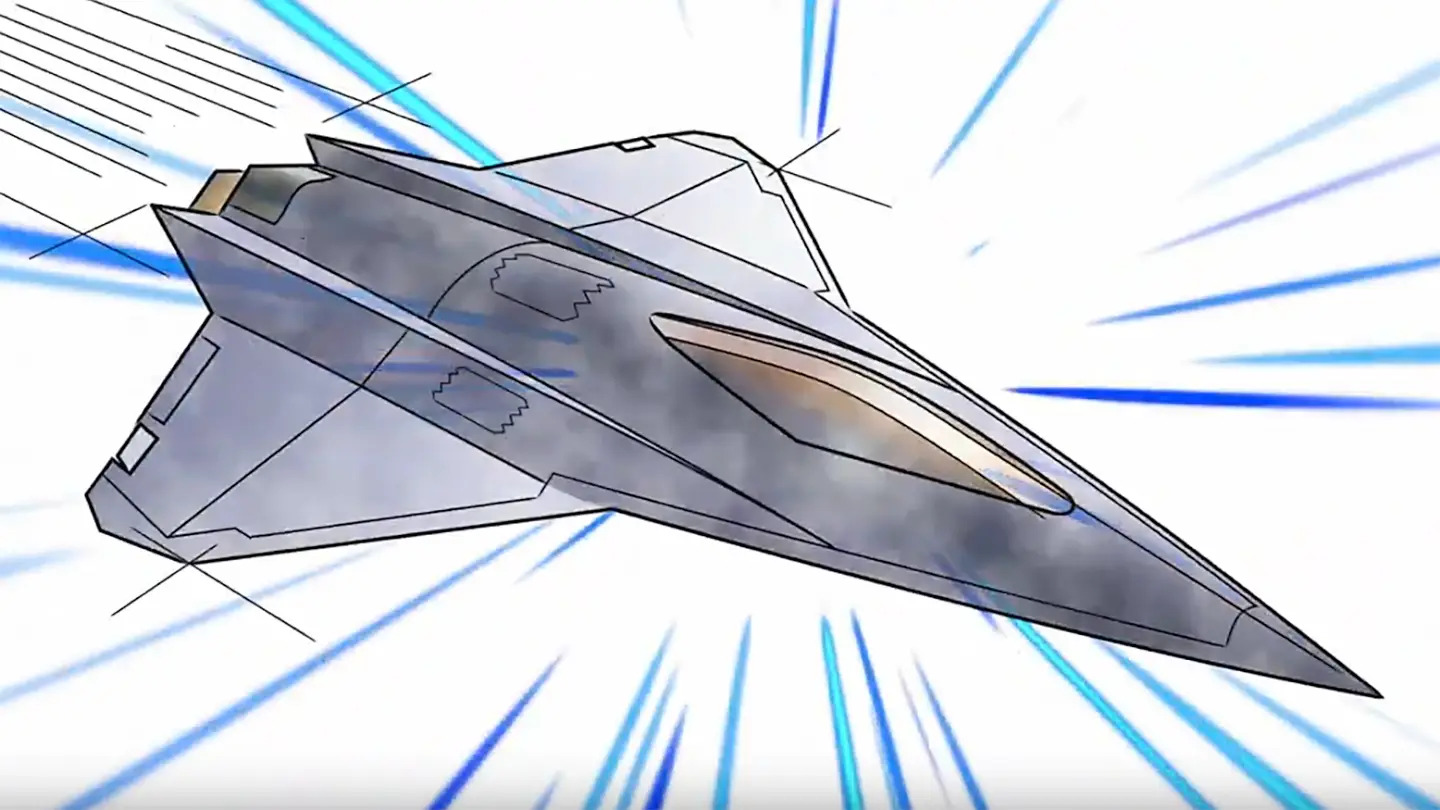SOURCE: AFI


The U.S. Air Force’s Next Generation Air Dominance (NGAD) program, shrouded in secrecy, is now believed to be leaning towards a single-engine configuration. This shift is based on the integration of the General Electric XA100 engine, which offers a thrust of 200 kN, potentially redefining the future of American air superiority.
Moving away from the traditional twin-engine setups seen in many modern fighters, the NGAD might employ a single XA100 engine. This choice could be influenced by advancements in engine technology, allowing for sufficient power and reliability from one source, potentially reducing weight, maintenance costs, and complexity.
Developed under the Adaptive Engine Transition Program (AETP), the XA100 features an adaptive cycle design that can adjust to optimize both fuel efficiency and performance. With a thrust capacity of 200 kN, it’s designed to provide the NGAD with the necessary power for supercruise capabilities, high maneuverability, and potentially better range and payload capacities compared to current fighters.
The U.S. Air Force has reportedly planned for the production of approximately 300 NGAD units. This number reflects a strategic balance between maintaining a potent force and managing the high costs associated with advanced fighter technology.
The target price for each NGAD aircraft is set around $100-150 million. This pricing strategy aims to make the NGAD a cost-effective alternative to previous generations of fighters, especially when considering the performance leap it promises.
The NGAD, with its advanced engine, is expected to feature stealth enhancements, superior avionics, and integration with unmanned systems, providing the U.S. with a significant edge in air combat scenarios. The decision to go with a single engine might raise concerns about reliability and survivability in combat, where engine failure could be catastrophic without the backup of a second engine.
Given the rapid pace of technological advancement, the NGAD will need to be designed with future upgrades in mind, particularly focusing on propulsion and stealth technologies.